The House of European History by Chaix & Morel, a frank outlook on Europe
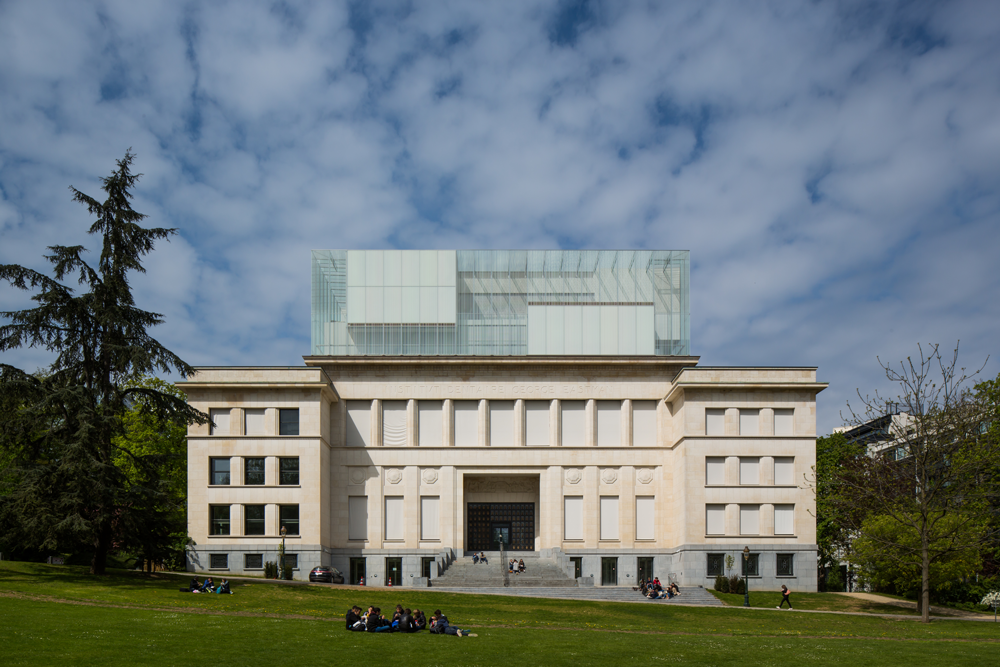
To celebrate in advance May 9th Europe Day, the institutions of the European Union have organized an open house day in Brussels on Saturday May 6th. On this occasion the European Parliament has opened the House of European History. Focus on the architecture of this brand new building by Chaix & Morel et Associés (Paris) and JSWD Architekten (Cologne).
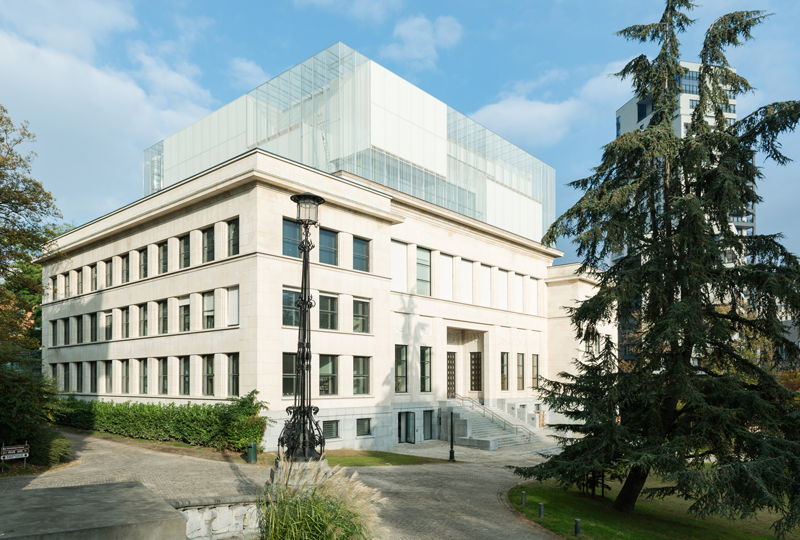
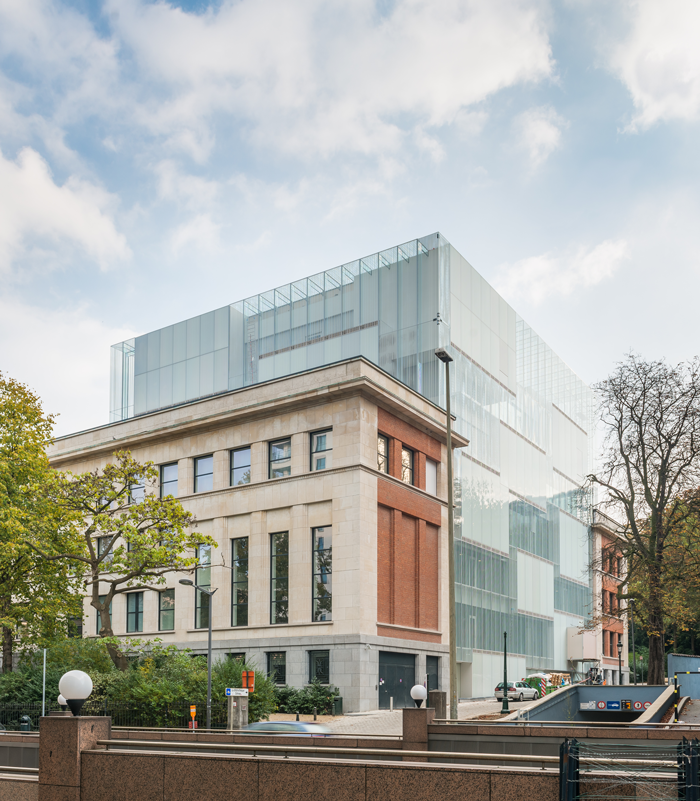
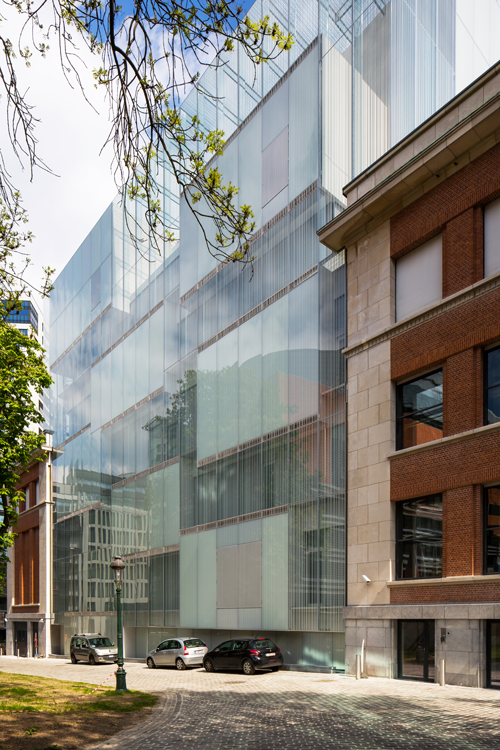
The architecture is located on the Eastman Building, built in 1935 by architect Michel Polak in the Art Deco style of the time. The intrinsic qualities of this architecture and of the site were brought out in the project, which consists of an extension in the courtyard and on top of the existing building, all the while following the symmetry of the early 20th century architecture. Creating a contrast with this geometrical order, opaque prisms were added within the glass envelope, in an almost abstract positioning. At night, with the building’s own lighting, the envelope becomes transparent and reveals the spaces inside and the interplay of solids and voids.
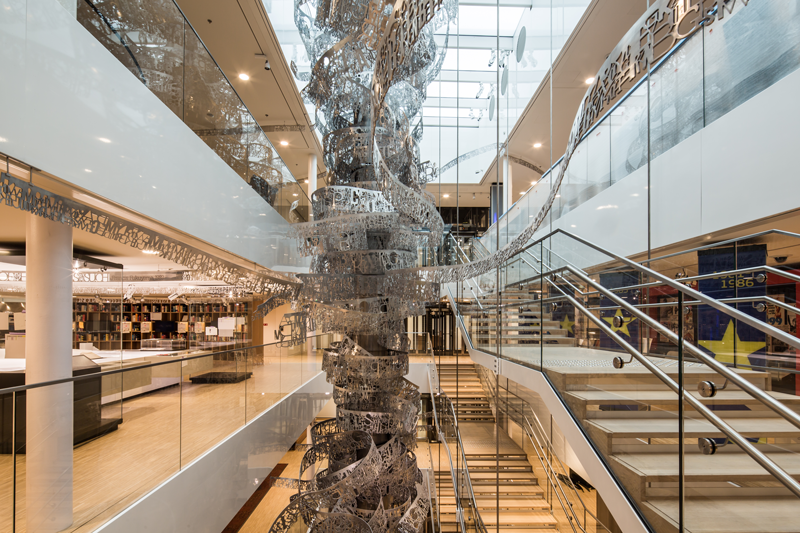
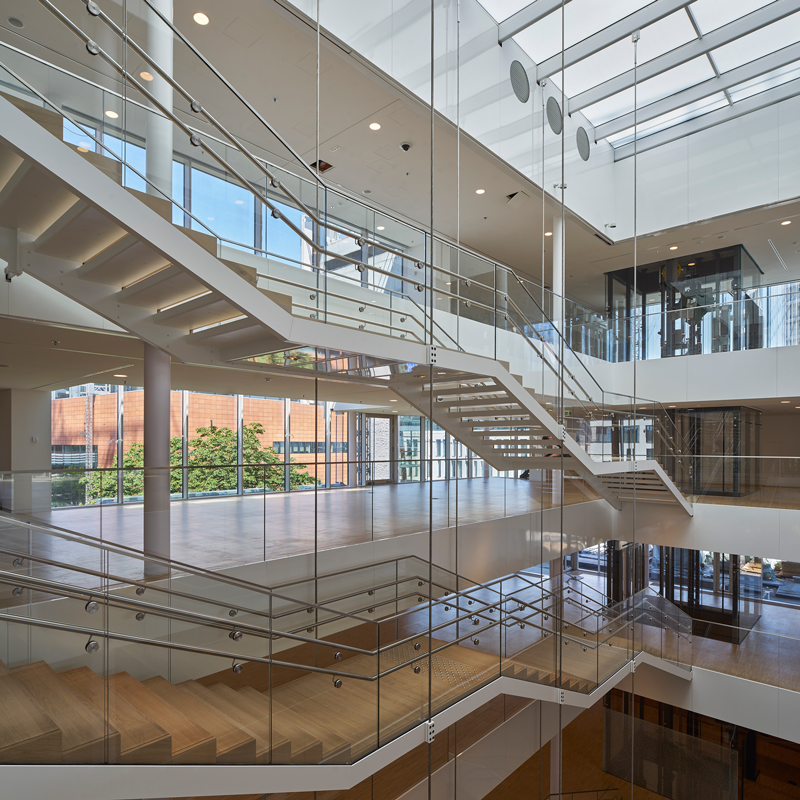
The central atrium is the heart of the project: it links the old and the new buildings, provides an overall view of the museum, and accompanies vertical movements. To move across levels, the visitor can choose a panoramic lift which gives views helping understand the relationship between the heritage and the contemporary architecture, and between the Museum and the surrounding park ; or he can take the monumental staircase which provides a museographic path from one level to the next. The staircase was carefully thought through in both its technical and aesthetic aspects. Its visual lightness becomes perfectly integrated in the atrium’s space, with low-profile glass and steel guardrails. The interplay between the wooden steps and the white silt offers a sober and elegant contrast. To avoid the visual overload of heavy columns, the load-bearing system is made of cables taut in steel which makes the staircase seemingly “light and floating”.
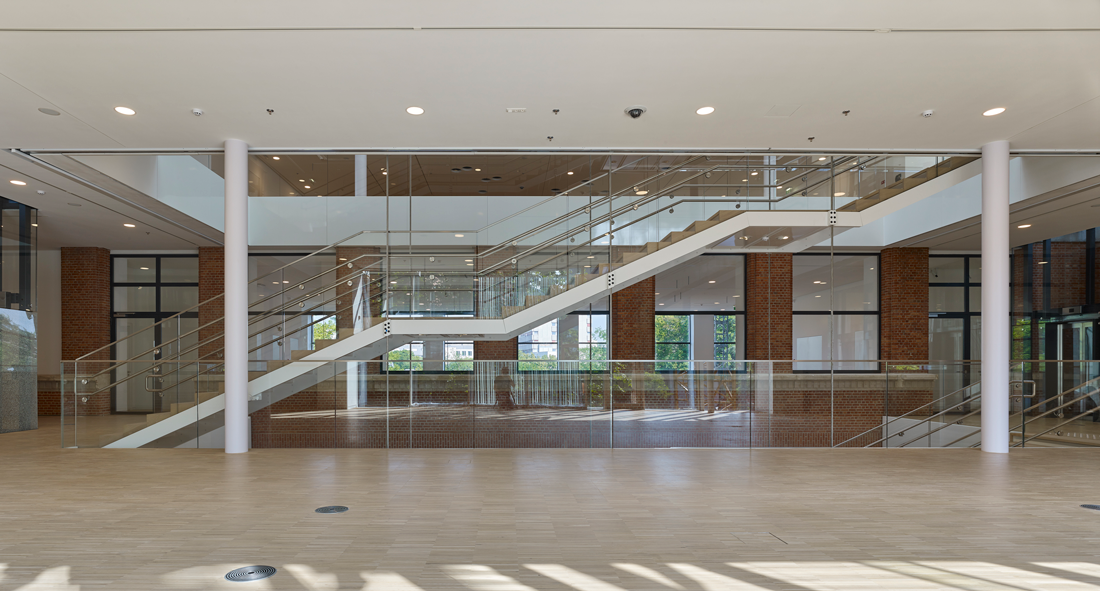
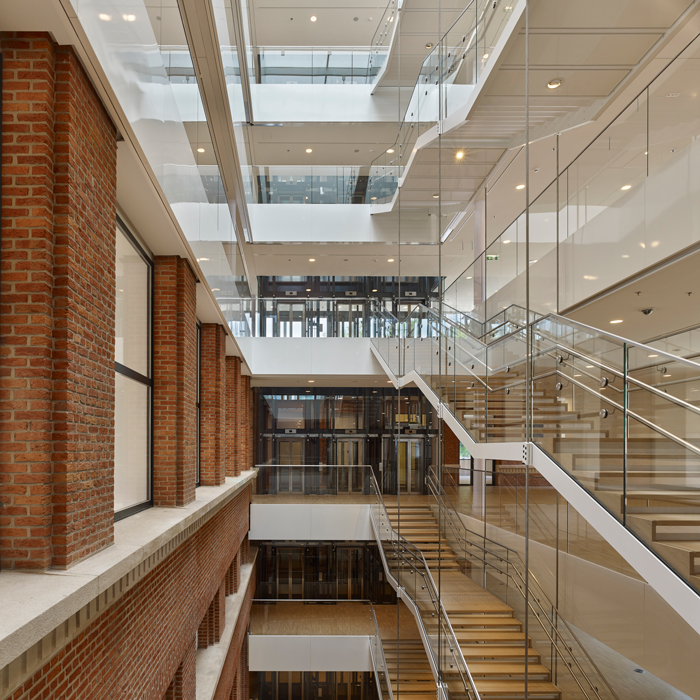
The glass envelope is made of two façades: an external showcase façade in printed glass, which filters the light and also allows fresh air to pass through; and a internal façade with a triple-glazed thermal skin, part of an automated solar protection system. The glass envelope, with the transparent and polished nature of the printed glass contrasts with the opacity of the stone of the Eastman Building. The relationship between the two buildings has been thought out up to the details level, with the new ceilings and wooden floors that stop with an element of hollow gasket for the transition from the new space to the old. The existing construction was subject to a restoration and even reconstruction work. Circular hoppers were for example integrated between the ground floor and level 1, to better highlight the heritage. The existing windows have been adapted in order to meet the current thermal and environmental constraints, all the while retaining their historical style. The exhibitions take place on all levels, with levels 0 and 1 being set aside for temporary exhibitions. Exhibition areas are spacious and flexible in their scenographic configuration, which facilitates updating the exhibits.
From the architect’s press release.
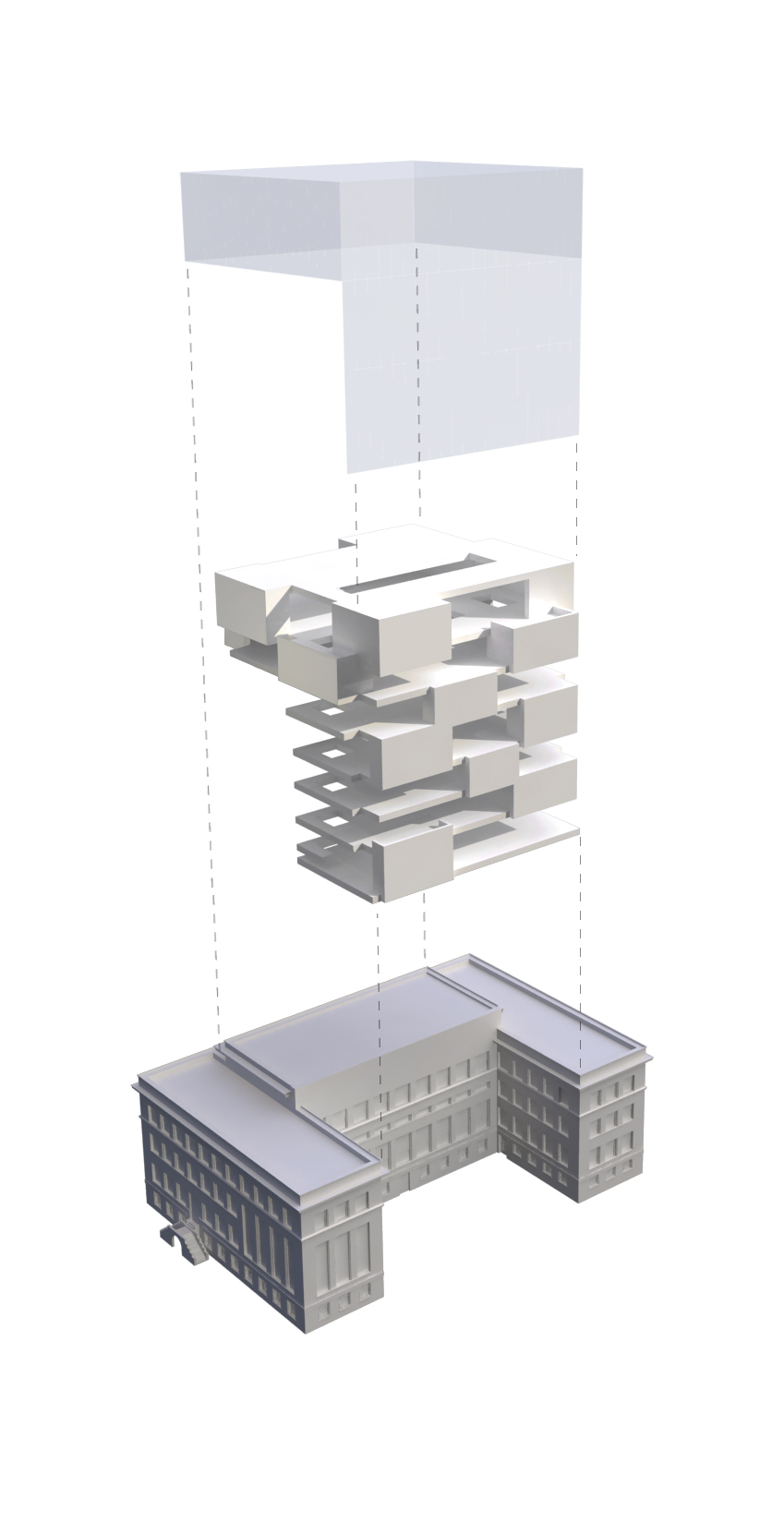
Project : House of European History, Brussels
Architects : Chaix & Morel et Associés, Paris + JSWD Architekten, Cologne
Clients : European Parliament (Direction of Infrastructure and Logistics)
Area : 11 605 m2 BGF
Total cost : 27,6 M€ HT
Construction timeline : 2012 – 2016
Opening : May 2017

